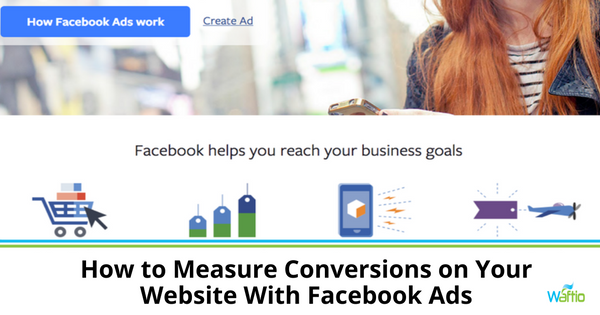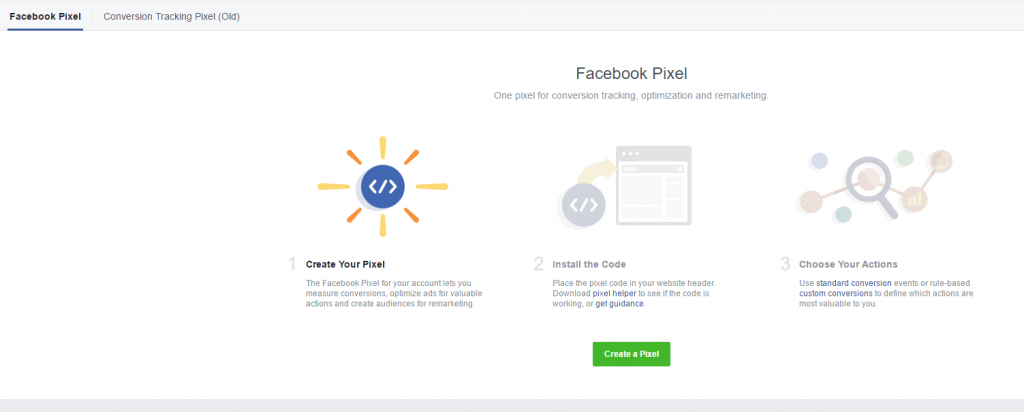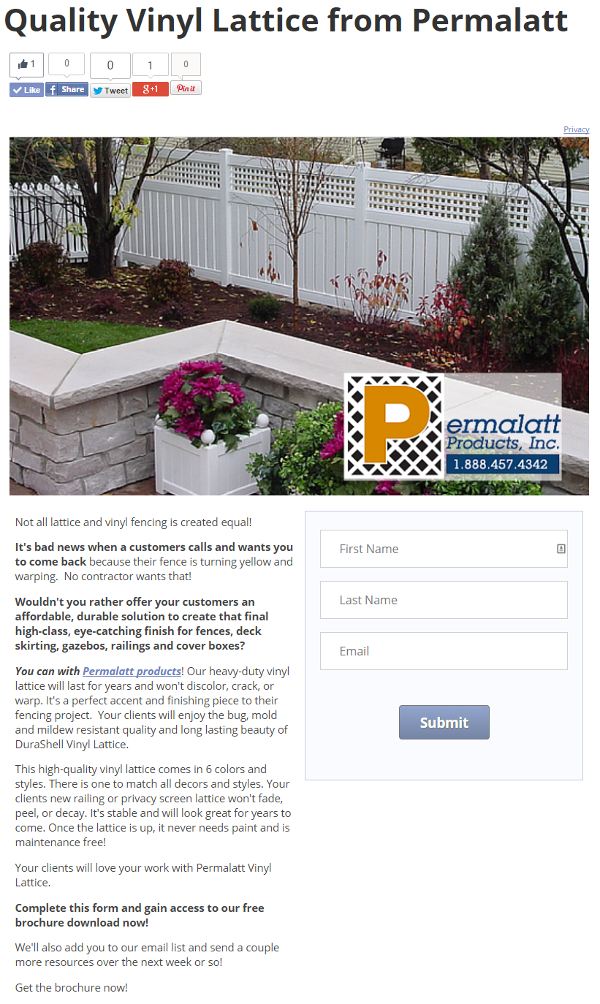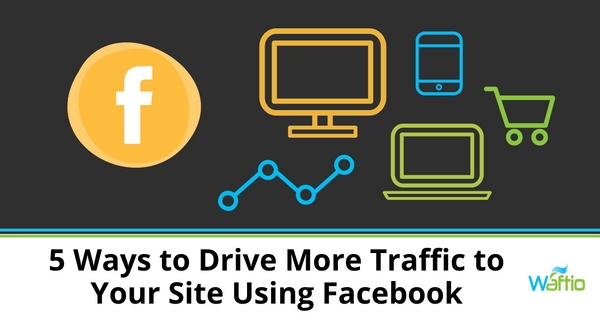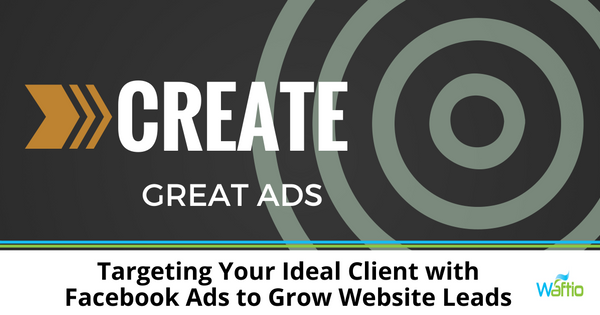
Successful inbound marketing is knowing who your customers are, and targeting them carefully so that you get maximum ROI for your digital marketing spending. Sounds great, but once you know who you want to reach, there’s still the small matter of figuring out how.
Fortunately for everyone, there are online tools designed for just this purpose, and Facebook’s laser targeted ad services are one of the very best.
What Are Facebook Ads?
Facebook ads range from those that show up in your news feed, and look like posts from friends, to those in the sidebar and elsewhere. Some look like ads, while others (usually called boosted posts) are actual posts that have been “sponsored” to show up in news feeds.
How Do Facebook Ads Work?
Facebook ads work (basically at least) like most PPC ad types. You set up the ad, set a budget, and pay per click or action. There’s a dashboard, where you can see what’s happening with your ad set, and you can have more than one at a time.
How Much Do They Cost?
Like most PPC advertising systems, there’s a cost per click or action for your Facebook ads, but since you can also set a total or per day budget, you can control your spending at a granular level.
So far, so good. Now, here’s how you really get more from Facebook ads.
Facebook Ad Targeting Tools
The thing that sets Facebook apart from most other advertising systems is the targeting options available. Because Facebook knows so much about their users, there are almost endless options you could choose, to reach only the people you want.
Choose geographical areas, languages, gender, and age. Then select from thousands of interests. Make your choices broad or very specific. Then choose when your ads will run, and where. Exclude people who already like your page, or add a tracking pixel, to track actions on your site.
In most cases, it’s best to start your Facebook ads a little broader, and then narrow it down over time, so that you spend less for clicks, views, and actions.
Creating Great Ads
The final step in Facebook ad success is the ad itself, and while targeting is very important, it’s the ad itself that will be driving traffic to your page or website.
Make sure that the image is relevant and interesting, and that you have rights to use it! Choose a clear, simple image, and remember that Facebook doesn’t like loads of overlaid text, so keep it simple. Write a great hook, and add an action button.
If you’ve chosen the right target audience, and crafted a great ad, you should soon see traffic to your site, blog or page spike.

Author: Mike Gingerich, President of web firm Digital Hill, Co-Founder of TabSite .
Digital and Social Media Marketer, Speaker, and Business Consultant. Part geek, part marketer, total digital junkie! Seeking to add value, make the complex simple, and leave a positive impact.
Follow me on twitter: @mike_gingerich.
